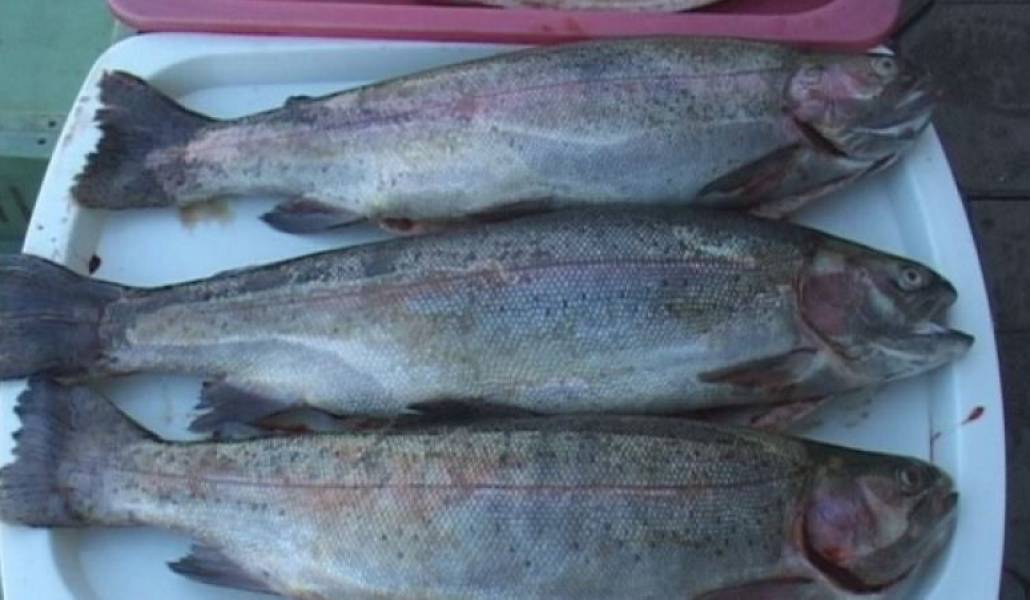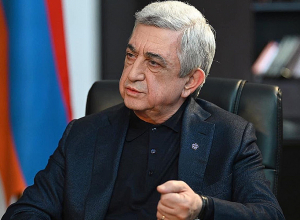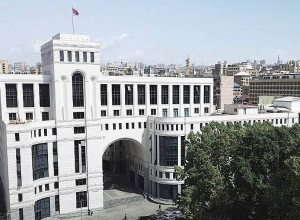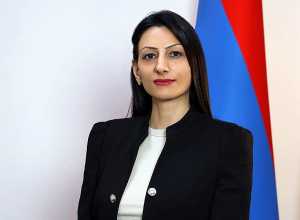Complex program on artificial trout breeding in Lake Sevan in full swing

“Sevan Trout” CJSC has submitted the Sevan trout developing fish project to “Environmental Expertise” SNCO of Nature Protection Ministry. It’s the first stage of “Complex Program for Recovery of Trout Reserves and Fish Breeding in Lake Sevan”. This project plans to construct a closed-cycle Lake Sevan trout young fish economy in the area of Karthcaghbyur community in Gegharkounik Region, where around 50 tons of young fish will be produced during recent 50 years. Reminder: the Armenian Government has allotted “Sevan Trout” CJSC 120 ha from the area of Karthcaghbyur community without any competition with a right to site development for five years to establish this production. The annual production capacity is 50 tons of young fish weighing 30-50 grams. Though the project says that the young fish will be set out into Lake Sevan, but it’s not true. As a matter of fact, they will be let out into artificial cage nets, which are already located in Lake Sevan and are used as free and high-quality water. This is what “Complex Program for Recovery of Trout Reserves and Fish Breeding in Lake Sevan” says. Currently the project says, “As a water source, the underground waters are planned to be used. Daily water demand will make up 2180 m3. It’s planned to clean water through the filtration systems and let it flow into the Karchaghbyur River. The residue generating as a result of water cleaning – annually 11.2 tons of nitrogen, 0.8 tons of phosphorus and 19 tons of inorganic substances may be used as forage.” During the operation of boiler, annually 3.07 tons of nitrogen dioxide, 1.31 tons of carbon monoxide will be emitted into environment, EcoLur reports. As compared with the intake of freshwater from the underground sources, which form the drainage basin of the lake, wastes in the form of nitrogen and phosphorus flowing into the river and emissions into atmosphere, the remaining adversary effects and risks don’t seem to be so significant.



